A buzz is one of the hardest things to identify. Jane Dorner gives advice on how to establish the cause

A buzz is one of the hardest things to identify and it is difficult for a player to know when to call in an expert. The louder the buzz, the more the player tends to think it is because the bass bar has fallen out, which is almost never the cause. There are some simple diagnostic tests that are worth trying.
1. Find out whether the buzz occurs on one string or on all four strings.
2. If it is on one string, is it all the way up the string or just on one note? If it is all the way up, then the chances are that the string might be winding loose on the core and the remedy is simply to get a new one. If the buzz is always on the open string, then it is probably a faulty top-nut groove and needs professional attention. If the buzz occurs in higher positions only, then it may be because the string is bumping into the grooves in the fingerboard. This may mean the fingerboard needs reshooting or a higher bridge may be needed. Only a professional restorer can judge.
3. If the buzz occurs on more than one string, you will need to look all round the instrument, and if it isn't caused by any of the more obvious things listed below, you'll need help. Even an expert can spend hours: one reported that a recalcitrant buzz turned out to be tiny grain of sand lodged in the f-hole.
So check:
1. All the obvious rattling points:
String ends in the peg-box; loose adjuster on the tail-piece; chin-rest against the tail-piece; the screw-legs of the chin-rest; the clearance of the tail-piece above the table (should be at least 1mm); whether a sliding mute is rattling against the strings; and if the E-string bridge-protector is loose. Less obvious are: an ill-fitting sound-post; an ill-fitting bridge foot or if the last 2-3cm of the fingerboard have come unglued at the base of the neck.
2. Purfling
Strange as it may seem, the purfling is a frequent cause of buzzing - usually the loudest. Where the plates join the ribs, the purfling takes much of the vibration and can cause a weak spot that buzzes even when almost imperceptibly unglued. The commonest place for a buzz caused by loose purfling is on the bass side at the C-bouts. You can check this by knocking it with your knuckles: if you hear a solid sound of knuckle against wood, it is secure; if you hear a 'tzack tzack' sound or can feel a vibration in your thumb, then the purfling is loose.
3. All seams and the eight corners
Having eliminated fittings, players often think buzzes are caused by the bass bar rattling, but it is nearly always a loose seam at the back or front, or round the C-bouts. To see where it is, suspend the instrument by the neck and gently tap it with the knuckles all round. An open seam on the back generally creates a slight rattle if tapped at the top. Then look at all the edgings, carefully prising with your thumb to see if there are any cracks where the plates are glued to the ribs. A buzz can be caused by just a few millimetres opening. If desperate - just before a concert, say - you can slip a tiny strip of paper to fit tightly into an open seam, but don't use any glue, or lose it into the interior, and only do it if the alternative is a noisy buzz in an exposed solo. Above all, don't try to glue an open seam yourself: quite apart from problems of glue, few musicians have the correct clamps, or know how to use them. You can do a lot of damage by thinking you can just run a line of glue into the opening.
4. Cracks
Look particularly at old repairs. Two thin cracks on the lower circles of the f-holes are particularly common, see if they move. If there is a crack anywhere, take the instrument straight in for repair before it gets worse. Remember that you can't see inside whereas an instrument maker can get a clearer picture. It is still wise to narrow down the possible cause before rushing to a repairer to have the top taken off and an experienced repairer would only take the instrument apart as a last resort.
5. Endpin
All cellos and basses will buzz if the eldpin is fully retracted, but if it buzzes in normal playing position, it could be because too much of the pin is still inside the instrument (have a few cm cut off), or it could be loose within the plug. A spiral of sellotape round the pin can provide temporary relief. The violin saddle can sometime work loose and cause a buzz (rare); make sure it is very firm in its socket.
6. The Fingerboard
A badly worn fingerboard with bumps and string grooves is a common cause of buzzing. It will need to be taken in for retruing. Also check that the fingerboard is not becoming unglued from the neck - especially at the neck root.
7. Decorative Fittings
Gold mounted collars on box-wood pegs sometimes come loose and cause buzzing. Decorative details such as mother-of-pearl inlay can also come loose.
This article was first published in The Strad's November 1991 issue



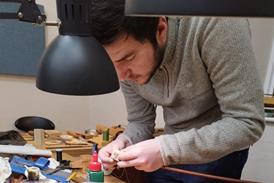


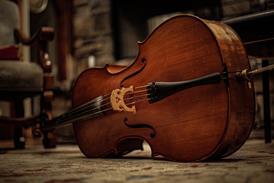





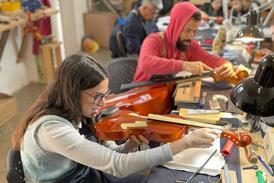
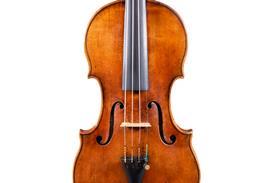
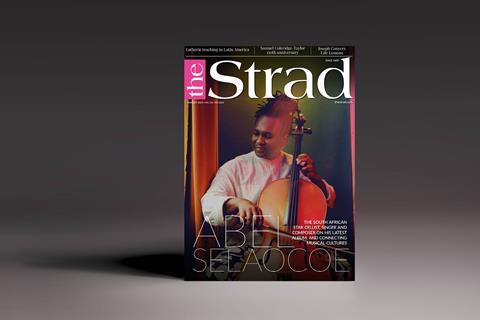



















No comments yet